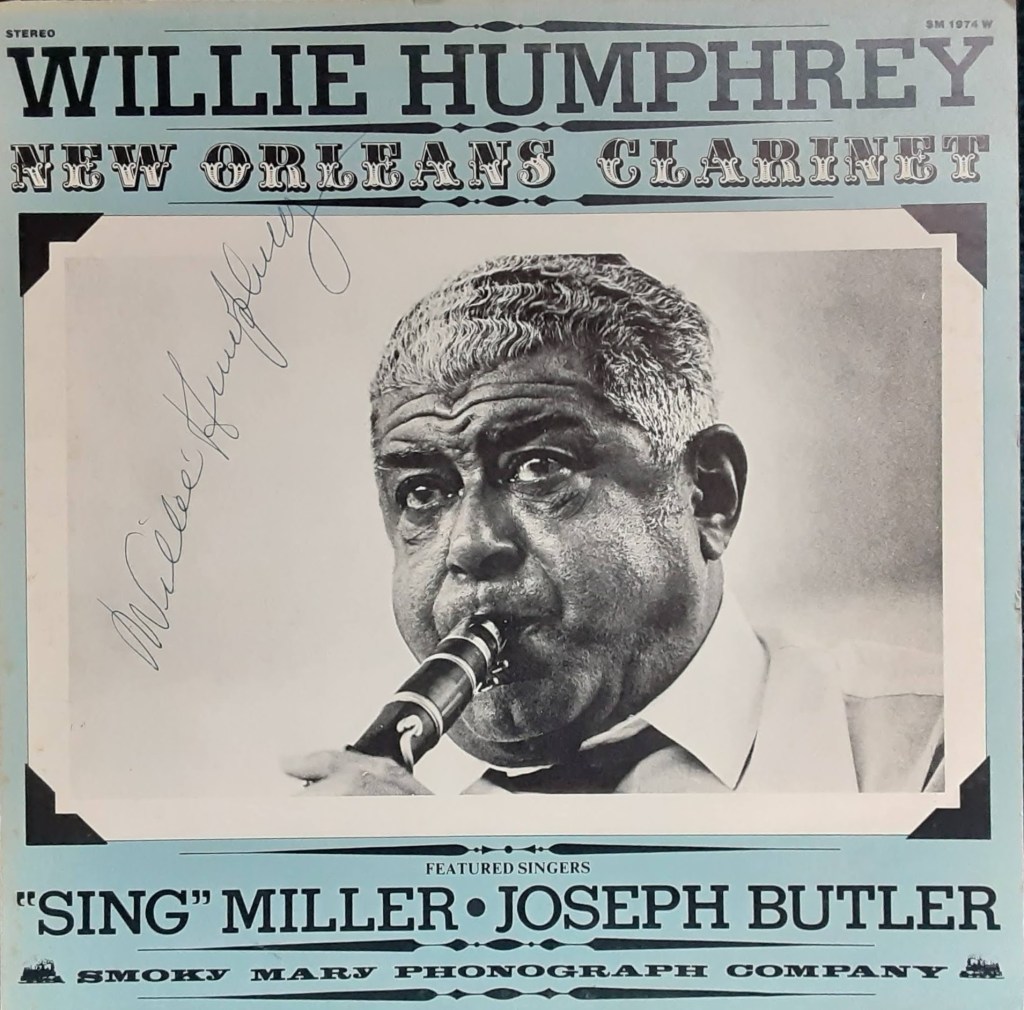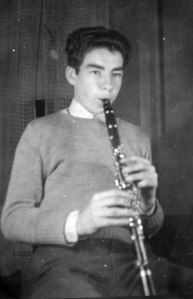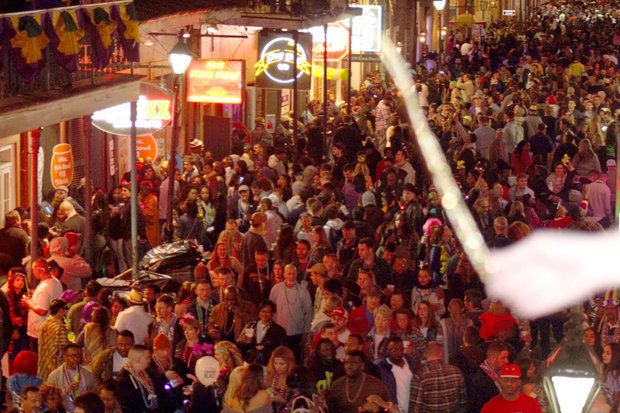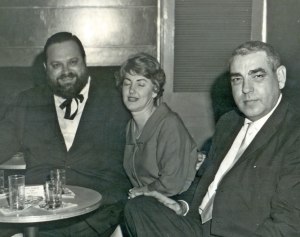This week’s show offers some rare New Orleans jazz tracks as I dive into the use of the KAOS turntables — revealing in the process some studio maintenance needs. But hey, you probably won’t notice when you use the player below
There was a time when Bourbon Street was known for its jazz clubs such as Louis Prima’s brother Leon’s 500 Club, Famous Door, Pete Fountain’s Quarter Inn, and Dan’s Pier 600 where Al Hirt performed regularly before opening his own club on the street. Those performances are memorialized by a 1958 album titled “Al Hirt “Swingin’ Dixie!” at Dan’s Pier 600 in New Orelans. You’ll hear two tracks from this classic including Duke Ellington’s “Caravan” to open the show.
I embraced Compact Disc technology. I loved the ease of use, the clean sound and the long play. But I hung on to my turntable and my modest collection of LPs. And as the years have passed, I’ve gradually added to the collection. Reading liner notes are definitely easier with the larger LPs. Somewhere in my record shop dives, I came up with Al Hirt recorded at Dan’s Pier 600.
Back in the late 70’s after my Dad died and I was preparing to move to the West Coast, I wanted to have something to remember him by so I went through his collection of records and selected Bunk Johnson’s 1953 release “The Last Testament of a Great New Orleans Jazzman.” You’ll hear a couple tracks from that somewhat ragged album. You’ll also hear from a handful of other LPs, including Willie Humphrey’s “New Orleans Clarinet” released by Smoky Mary Phonograph Company.
During the show, I noticed that the studio’s Turntable 1 had a disturbing hum and no music coming out of one channel, so I stopped using it. I filled in with CD versions of New Orleans jazz numbers by Meschiya Lake, the New Orleans Jazz Vipers, Smoking Time Jazz Club, the New Orleans Swamp Donkeys, Tuba Skinny, Aurora Nealand and a lengthy Mardi Gras medley from the first album of the band that was titled at that time ReBirth Jazz Band. The result is two hours of music from New Orleans that many folks associate with the city. I’ll get back to funk, R&B, rock and country from the city next week. Meanwhile, enjoy!











